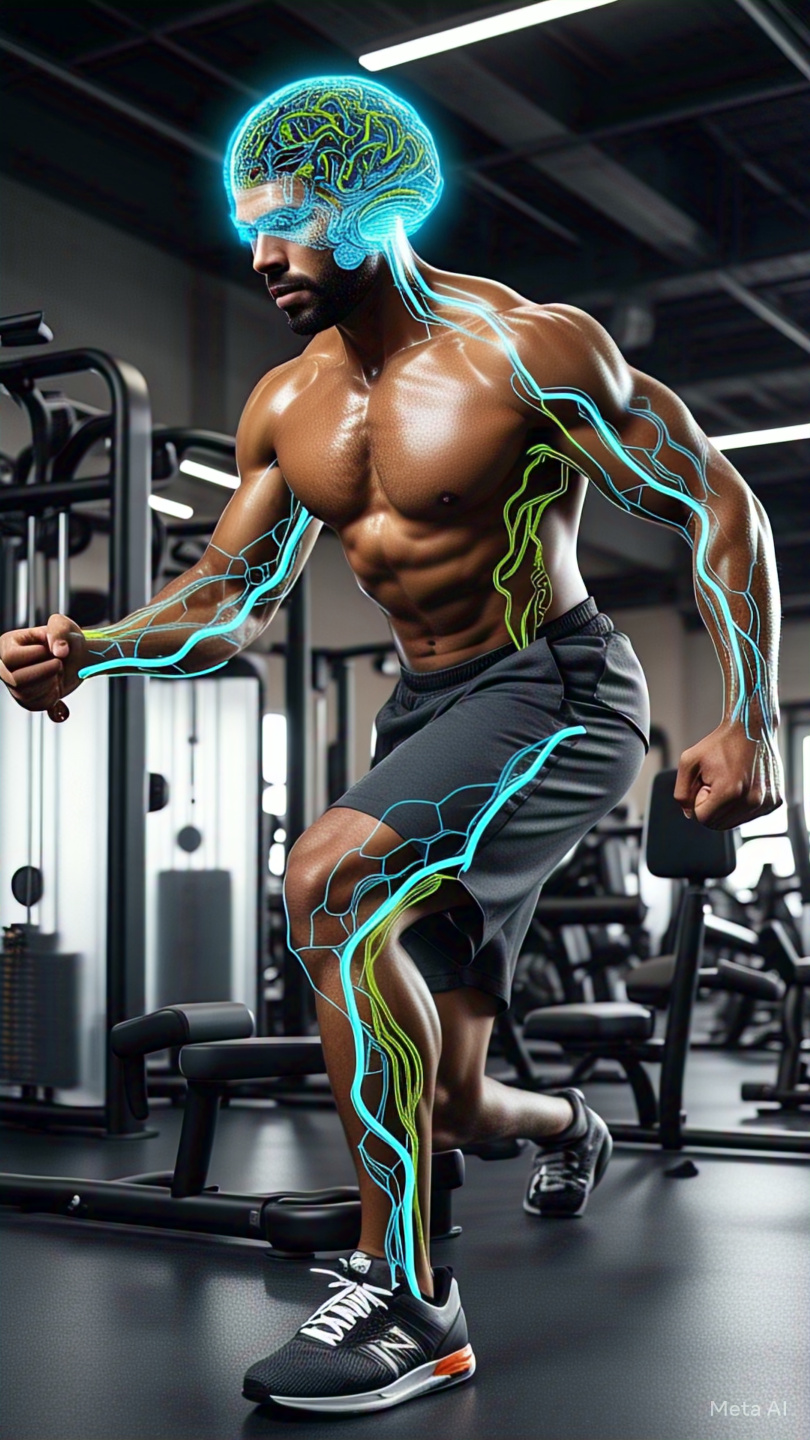In the ever-evolving world of fitness, personalization has become the gold standard. From DNA-based diets to AI workout apps, we’re all chasing that sweet spot where effort meets efficiency. But what if the secret to better workouts isn’t just what or how you train—but when you train? Welcome to Chrono-Fitness, the cutting-edge approach to exercise that aligns your workouts with your body’s natural rhythm—your circadian rhythm.

⏰ What is Chrono-Fitness?
Chrono-Fitness is a form of circadian-based training that adapts your workout schedule to your body’s internal clock. This rhythm governs everything from your energy levels and hormone production to metabolism and sleep cycles. By syncing exercise with these natural patterns, Chrono-Fitness aims to help you:
- Boost performance
- Enhance recovery
- Improve fat burning
- Support hormonal balance
- Reduce injury risk
Think of it as biohacking your workout calendar—no fancy tech required.
🧠 Why Does Timing Matter?
Our bodies are not static. They operate on a 24-hour internal cycle known as the circadian rhythm, influenced by light exposure, sleep, meal timing, and activity. Here’s how this rhythm impacts your fitness:
- Morning (6 AM – 9 AM): Cortisol levels are high, giving you alertness and motivation. This is a great time for low- to moderate-intensity cardio, yoga, or stretching.
- Late Morning to Early Afternoon (10 AM – 2 PM): Core body temperature begins to rise, improving muscle function and coordination—ideal for skill-based training or strength work.
- Afternoon (3 PM – 6 PM): Peak strength, flexibility, and reaction time. This is often the best window for high-intensity workouts or heavy lifting.
- Evening (7 PM – 9 PM): Melatonin begins to rise. Light stretching, walking, or restorative yoga can help ease into sleep.

Research shows that people tend to perform better in the late afternoon due to increased body temperature and blood flow, but everyone has a slightly different rhythm. The key is tuning into your own.
🧬 Chronotype: The Personal Side of Chrono-Fitness
Everyone’s circadian rhythm isn’t exactly the same. Some of us are early birds, others night owls—and most fall somewhere in between. This is known as your chronotype, and understanding it is crucial for customizing your training schedule.
- Larks (Morning people): Best suited to training early in the day.
- Owls (Night people): Perform better in the late afternoon or evening.
- Third birds (In-betweeners): Have more flexibility, peaking in mid-morning or mid-afternoon.
Apps like Rise, Timeshifter, or even sleep trackers from Whoop or Oura can help you identify your chronotype and monitor your body’s rhythms over time.
🏋️♀️ Sample Chrono-Fitness Plan
Here’s a sample week broken down by time-based training focus:
| Day | Morning | Afternoon | Evening |
|---|---|---|---|
| Monday | Light cardio + mobility | Strength training | Breathwork + foam rolling |
| Tuesday | Yoga | HIIT | Short walk + stretching |
| Wednesday | Rest or light cardio | Core work + balance drills | Meditation |
| Thursday | Brisk walk or jog | Powerlifting or CrossFit | Cold shower + journaling |
| Friday | Pilates or bodyweight flow | Circuit training | Early dinner + sleep prep |
| Saturday | Rest | Group sport or hike | Movie night |
| Sunday | Mobility work | Sauna or active recovery | Digital detox |
Adjust this based on your chronotype and personal goals.
💡 Tips to Start Your Chrono-Fitness Journey
- Track your energy: Keep a journal or use a tracker to log how you feel at different times of the day.
- Experiment: Try the same workout at different times and compare your performance and mood.
- Listen to your body: If a 5 AM workout leaves you drained, it’s probably not your rhythm.
- Avoid extremes: Overtraining late at night can disrupt sleep, while fasting workouts in the morning may be counterproductive for some.
- Stay consistent: Your body loves routine. Sync your workouts, meals, and sleep for best results.

🔮 The Future of Fitness is Rhythmic
Chrono-Fitness is not a gimmick—it’s a science-backed method that’s slowly making its way from elite athlete programs to everyday routines. As wearable tech continues to evolve and more research emerges, tailoring your workouts to your circadian rhythm might just be the edge you’ve been missing.
If you’re chasing performance, longevity, or just more enjoyable workouts, it’s time to start asking not just how or why—but when.
also read this
Published by Subhranil

